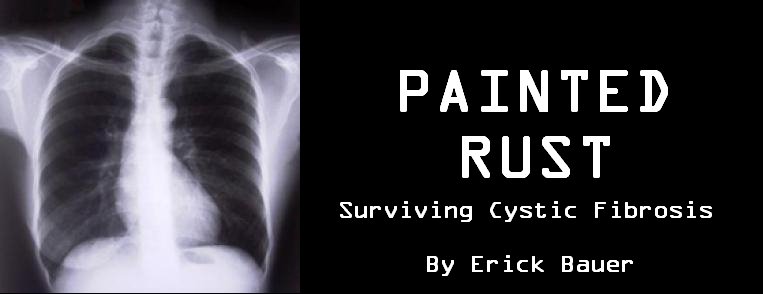
At the most rudimentary level, The Toronto Marathon is about one thing: running. The race is a test of endurance, stamina and physical conditioning. However, to fully understand the true nature of the marathon, one must look beyond the run. The true spirit of the sport lays not in the activity, but in the mentality of those who participate.
On Sunday, October 19, I took part in my first half-marathon; a 22km run from Mel Lastman Square to Queens Park. It was one of the most arduous, yet rewarding, experiences of my life.
The run itself was enjoyable. The air was crisp, the temperature was a cool 6 degrees and the sun was shining vibrantly overhead.
That being said, it was the participants who made the run a truly memorable experience. Each one, it seemed, had a different reason for taking on such a grueling task. As I learned that day, each runner has a story to tell.
Often times it’s the cardboard signs that tell the stories. Cardboard, it seems, provides the perfect means for proudly communicating personal narratives. Some messages were simple: “go daddy go” and “we love you mommy”. Some were motivational: “hills build character” and “pain is temporary, quitting lasts forever”.
Other messages, however, were truly inspirational. One specific sign comes to mind.
While running on Yonge Street past Sheppard Avenue, I noticed an elderly couple holding a large cardboard sign that read, “thank you for giving a life to Elisa.”
Elisa Linton, the young girl the sign was referring to, battles a rare genetic disorder called Sanfilippo Syndrome, for which there is no cure. Children with Sanfilippo Syndrome are missing an essential enzyme that breaks down sugars, resulting in a build-up in the brain and other organs, ultimately stopping development. Most children do not live to adulthood.
Instead of succumbing to the disease however, Elisa’s parents Randall and Elisabeth chose the road less traveled and began a foundation to share the story of their daughter and spread awareness about Sanfilippo Syndrome. Entitled “A Life For Elisa” the ultimate goal of the foundation is to raise money to fund research and hopefully find a cure – it is a daily crusade that the Linton family willingly charts. Siblings Jessica and Connor, along with their parents, have devoted their lives to helping Elisa. Their community of friends, medical specialists and local businesses have all joined in, surrounding the family with love and financial support, helping to raise over $3 million for research since 1999.
For the Linton’s, the dream of finding a cure for Sanfilippo is what drove them to take on the grueling 22km half-marathon.
Elisa’s story is truly inspirational. That being said, it is only one example of the kind of motivation and inspiration that drives thousands of individuals to participate in the Toronto Marathon each year.
Fundraising plays an integral part in the Toronto Marathon. In 2008 participants raised over $4 million for cancer care and research at the Princess Margaret Hospital, bringing the total to over $10 million since 1995. Furthermore, millions have been raised for other charitable partners in addition to charities chosen by participants.
Yes, at the most rudimentary level, The Toronto Marathon is about running. However, the act of running, in-and-of-itself, is only the beginning. What represents the true spirit of marathon running?
For the answer: look to the cardboard.


No comments:
Post a Comment